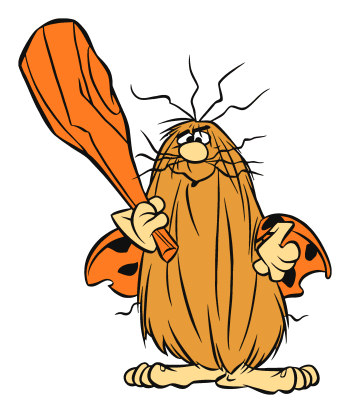mollwollfumble said:
But, well, anyone else see a problem with this? The feet that made the three best-defined footprints are grossly incompatible with each other.
In footprint one (top) the big toe is very much longer and the next three toes much shorter in turn.
In footprint two (middle) the toes are all almost the same length and the foot itself is much shorter.
Footprint three is different again.
The tracks are similar in size and have consistent outlines across all the specimens. This is an oblique subtriangular shape formed by the combination of a heart-shaped, plantigrade sole with a narrow, tapering heel region, and an asymmetrical digit region with a large hallux and progressively smaller lateral digits that are all attached to the anterior margin of the sole. The tracks are therefore strongly entaxonic. There is no significant divide between the impressions of the first digit and lateral digits, although in well-preserved prints a gap of a few millimetres is sometimes visible, but in other examples the impressions are confluent. Both the entaxony and the lack of a gap between the hallux and other digits are evident even in the poorly preserved prints. None of the prints shows claw impressions. In a few prints the heel impression appears bulbous rather than narrow , but this is an effect produced by an unusually large expulsion rim; when the expulsion rim is small, the narrow and pointed shape of the heel impression is clearly visible. Three especially well-preserved prints provide morphological information about the feet of the trackmaker. The track shows a well-preserved set of digit impressions as well as part of a ball impression. The digit impressions form a strongly asymmetrical, curving array. The first digit impression is morphologically distinctive, larger than the other impressions, and slightly offset from them. There appear to be four lateral digits, though the boundaries between their impressions are somewhat indistinct. It is noteworthy that even though the tips of the digits have dug into the sediment, there is no trace of claw impressions. Much of the plantar surface appears to be preserved, apart from an L-shaped patch of adhering sediment with a long limb extending along the mid-lateral part of the sole, and a short limb marking the crease between sole and digits. The plantar surface includes a deep, rounded ball impression with its own small expulsion rim. The first digit impression is deep; it has a clear outline showing a narrow neck and an expanded, asymmetrically trapezoidal to oval pad. The impressions of digits II–IV have well-defined distal ends, but become less clear proximally. Digits II and III are slender and parallel-sided with squared-off ends; the impression of digit IV is shorter and oval with a slightly pointed tip. There is no clear impression of digit V. The depth of the ball impression and the apparent deflection towards the right of the digit impressions suggest that the foot rotated clockwise on the ball during the step. Fig. 9c is one of the largest prints, approximately 154 mm long. It divides into separate anterior and posterior parts, but the presence of circular displacement features surrounding the entire print show that both part were generated by a single footfall. The anterior part includes impressions of a hallux and four lateral digits.

